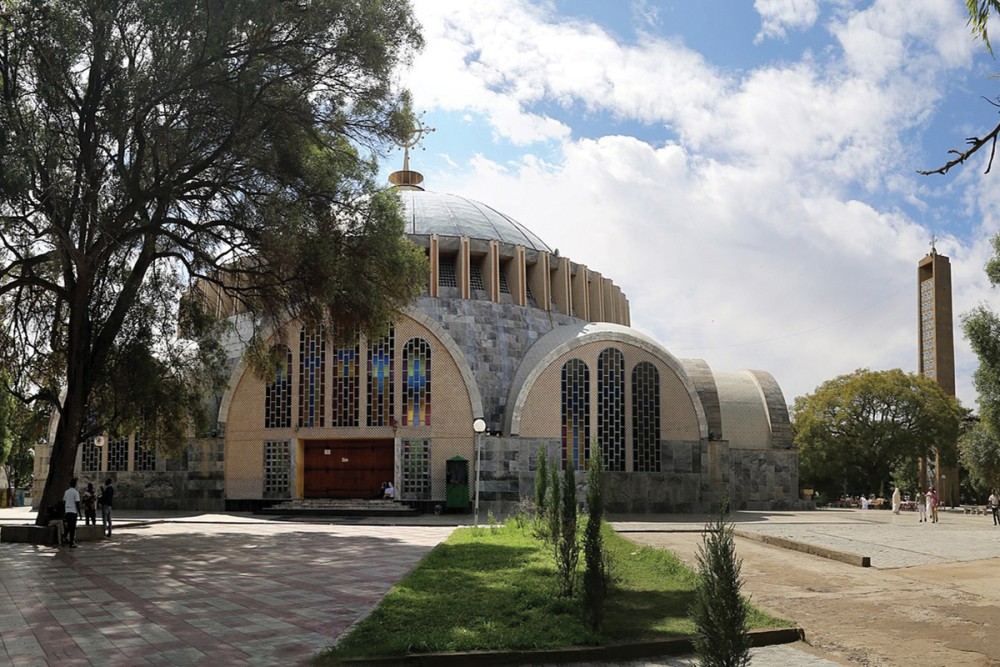The war for Africa’s holy land
Tigray, in northern Ethiopia, is in turmoil.

Over the past year, a dreadful military conflict has swept over a region that is one of the most ancient and significant heartlands of Christian history—in its way, a holy land. The crisis demands the attention of anyone in the West who is concerned about the Christian past or future.
The city of Aksum lies in the northern Ethiopian region of Tigray. In the first Christian millennium, Aksum ruled a sizable empire that spanned the Red Sea, and it accepted the new faith around the time that Constantine was ruling in Rome. The sheer range of monuments in the area—rock-hewn churches, inscribed pillars, tombs—is quite overwhelming, but the most venerated site of all is Aksum’s Church of Our Lady Mary of Zion. The building has been destroyed and rebuilt repeatedly, and in 1964 Emperor Haile Selassie completed a splendid new cathedral alongside the old one. The great center of devotion remains the old church, where Ethiopians devoutly believe that the Chapel of the Tablet contains the actual, original Ark of the Covenant. The annual feast of Mary of Zion—Tsion Maryam—in late November is one of the greatest religious gatherings on the African continent.
Ethiopia is the second most populous country in Africa. It is also a vibrant and expansive center of Christianity: the present Christian population of 80 million is on track to double by 2060, placing Ethiopia far ahead of any European nation. The Orthodox make up 44 percent of Ethiopia, and 22 percent are evangelicals or “Pentays”—Pentecostals. Some 31 percent are Muslims.





